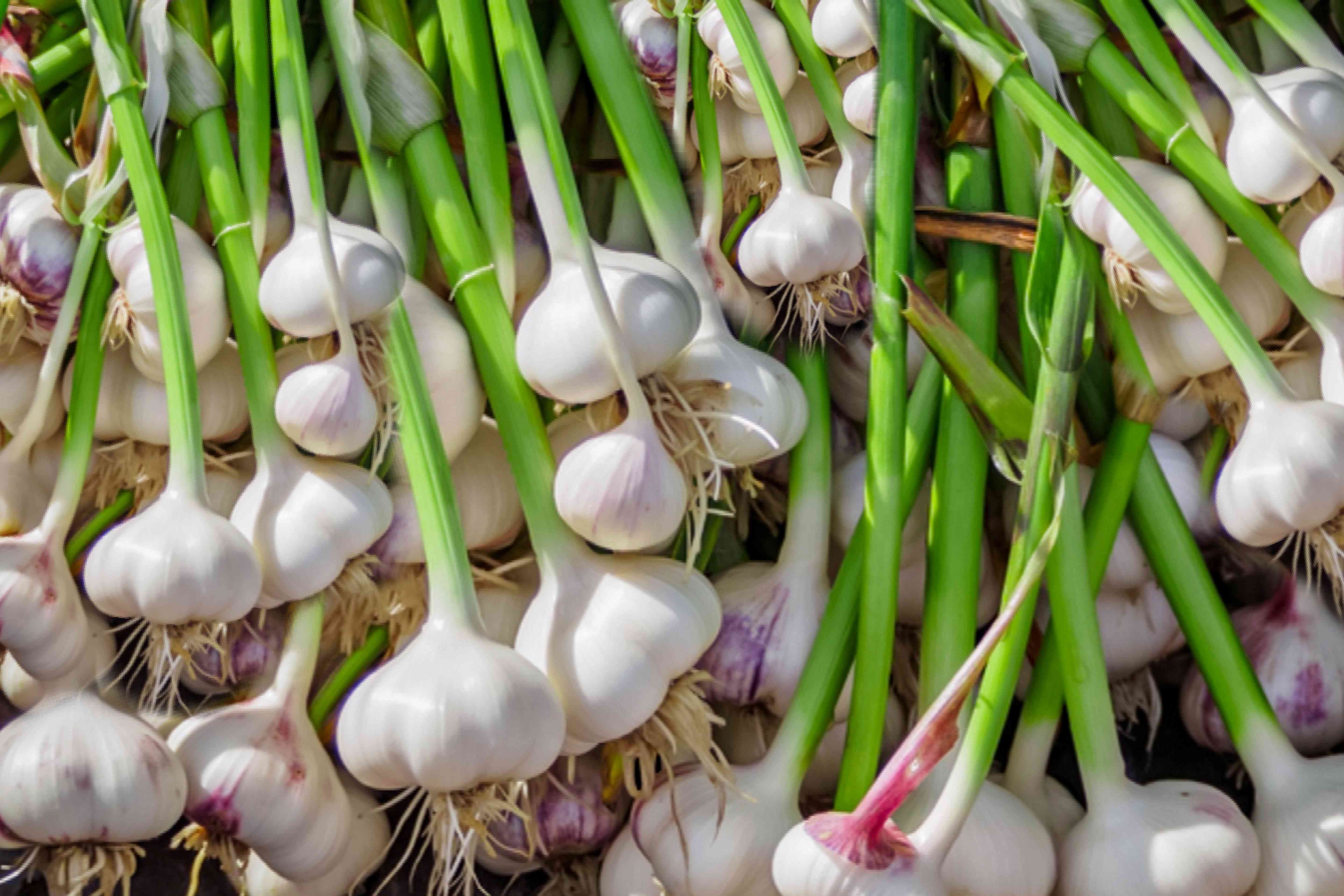GARLIC FARMING IN KENYA:GREENHOUSE GARLIC FARMING IN KENYA

Are you in need of in-depth knowledge on onion and garlic production? If yes, we are a call away. Our service chatter includes: Onion seedlings, Garlic seedlings, Farm planning services, Soil testing, Drip irrigation installation and maintenance, Agronomic support, Onion and Garlic value pack and Farm management. For free consultation, placing orders or booking a visit with an agronomist, please contact us via Call or Whatsapp +254703982228, Email: Info@oniondoctor.co.ke.
Greenhouse garlic farming in Kenya is an excellent way to control the growing environment and maximize production. However, it is not economically viable to construct a greenhouse for garlic farming. The garlic crop acts as a good rotational crop to greenhouse crops such as: tomatoes.
Here are some key points to consider when engaging in greenhouse garlic farming:
Planting garlic in a greenhouse
To plant garlic in a greenhouse successfully, using seed cloves or bulbils, along with proper spacing and planting depth, is the solution. In this section, we will dive into these sub-sections, exploring the best practices to ensure healthy garlic growth.
Using seed cloves or bulbils
When planting garlic in a greenhouse, you have two options – seed cloves or bulbils! Here are some key points to note:
Proper spacing and planting depth
Plant each clove just below the surface of the soil (about 2.5cm deep) with the pointed end facing up. They should be 10-15cm apart. For several rows of garlic, space the rows roughly 30cm apart. This will give them plenty of space and help with weeding.
Watering requirements
Simply water the soil if it is dry (around 2-4 inches every four days). Never pour water over the crowns. Decrease irrigating when it stops producing fresh leaves and starts to develop bulbs.
Use a drip irrigation system or water near the base of the plant. Mulching helps keep the soil moist and protect roots.
Importance of fertilizing
Fertilizing is also important. Use a balanced fertilizer with nitrogen, phosphorus, and potassium early in the growing season and again when the bulb forms. Too much nitrogen gives lush foliage but smaller bulbs.
Common garlic problems
Garlic does not grow fully with competition so make sure it is properly weeded.
White Rot is a fungus that can strike garlic in a cold climate. It upsets the bottom of the roots and leaves. It can be solved by rotating crops.
Bulb mites seldom hurt garlic. It is feeding on stalk bases and bulbs. You may also want to proceed with crop rotation to kill these mites.
Birds can sometimes be a problem. They can destroy the seedlings, garlic shoots, and leaves. However, this shouldn’t be a problem in your greenhouse.
Natural and chemical pest control methods
For pest and disease control, natural and chemical methods may be used. Organic growers may prefer natural methods while conventional farmers lean towards chemicals. Natural methods include:
Chemical methods include:
Harvesting and storing garlic
The sign is to observe for yellow crowns before they become totally dry. The bulbs are ripe when most of the low-hanging leaves are browned. When the leaves become brown, they start falling off. Harvest before all leaves fall off or when the plant has four or five leaves left. Dig, do not uproot! Remember that reckless reaping can injure a quality crop of garlic. You may need a fork or scoop to lift the bulb from the soil and then dry it out. Enjoy!
Cure in a warm, dry place with good air flow for two to four weeks. Outer layers should be papery and cloves hardened.
Onion Doctor supports small holder farmers across Africa with quality and affordable Onion and Garlic seedlings, Onion seedlings, Farm planning services, Soil testing, Drip irrigation installation and maintenance, Agronomic support, Onion and Garlic value pack, Farm management, E-extension and on-farm training for farmers to optimize on yields and get maximum profits.

